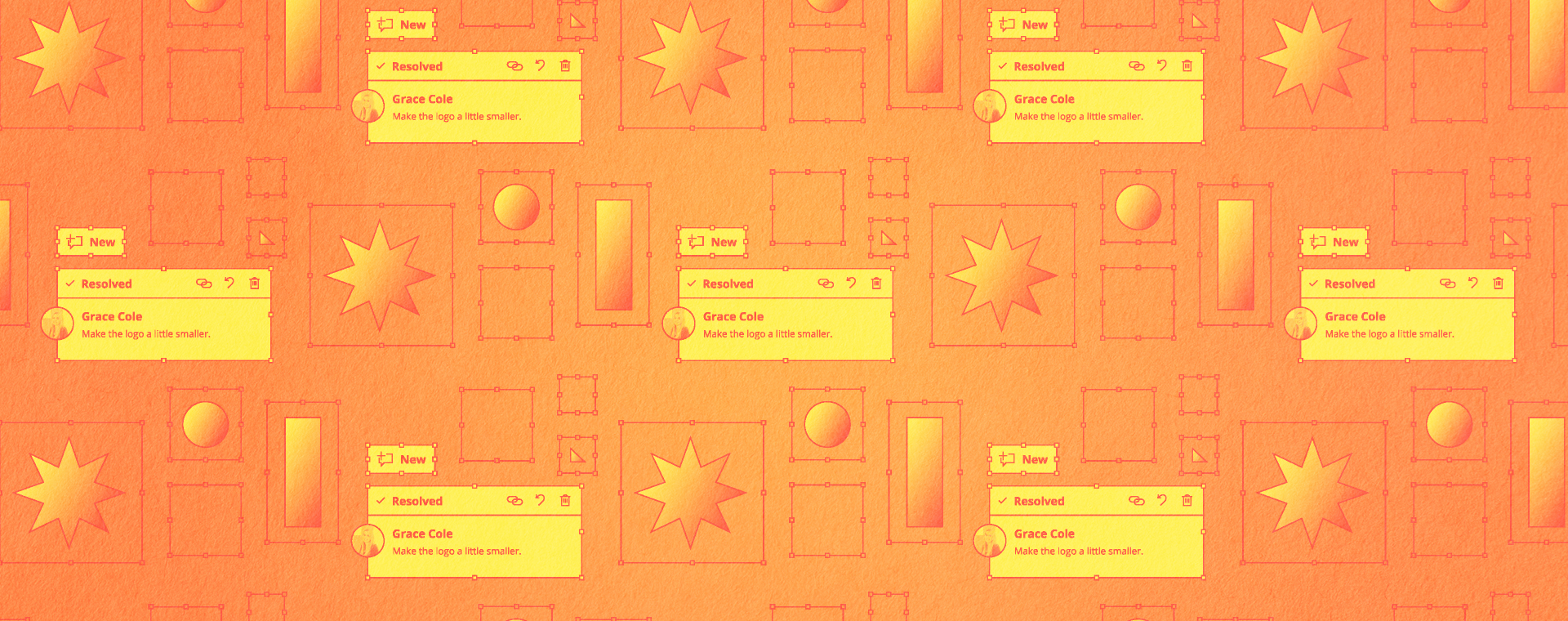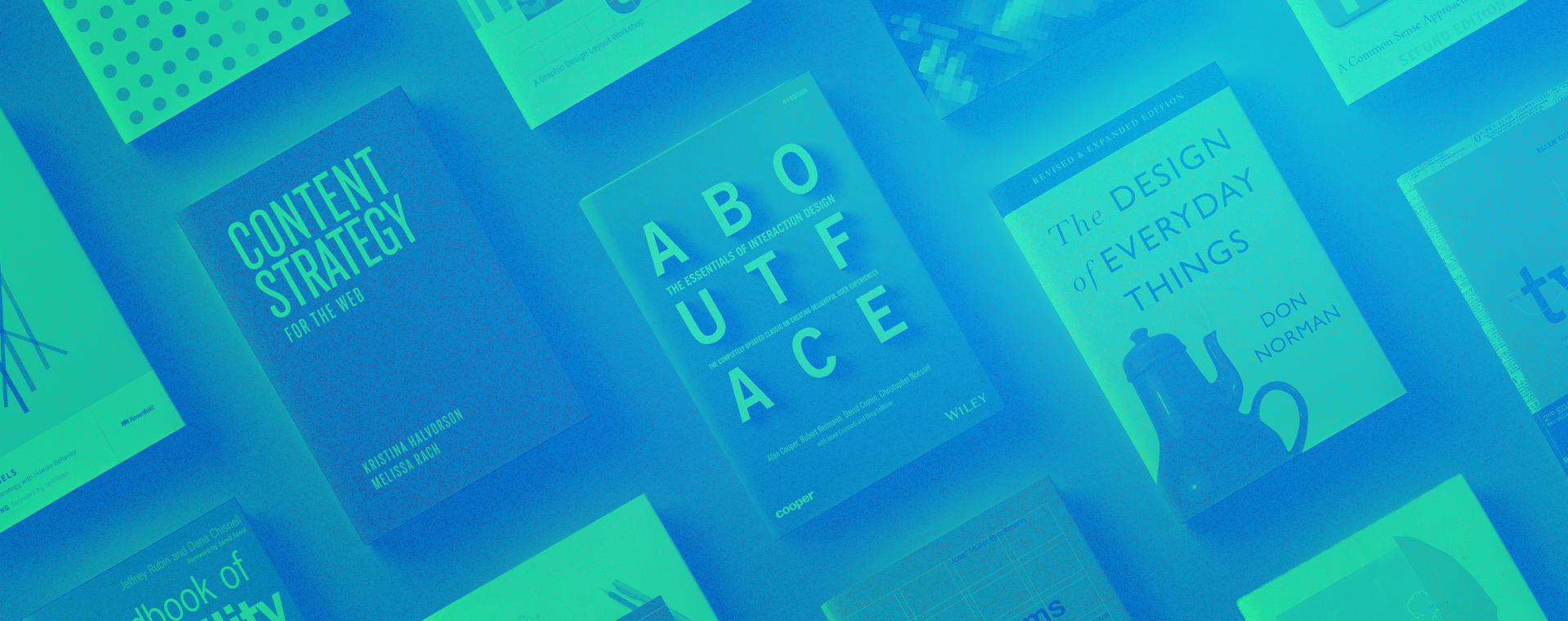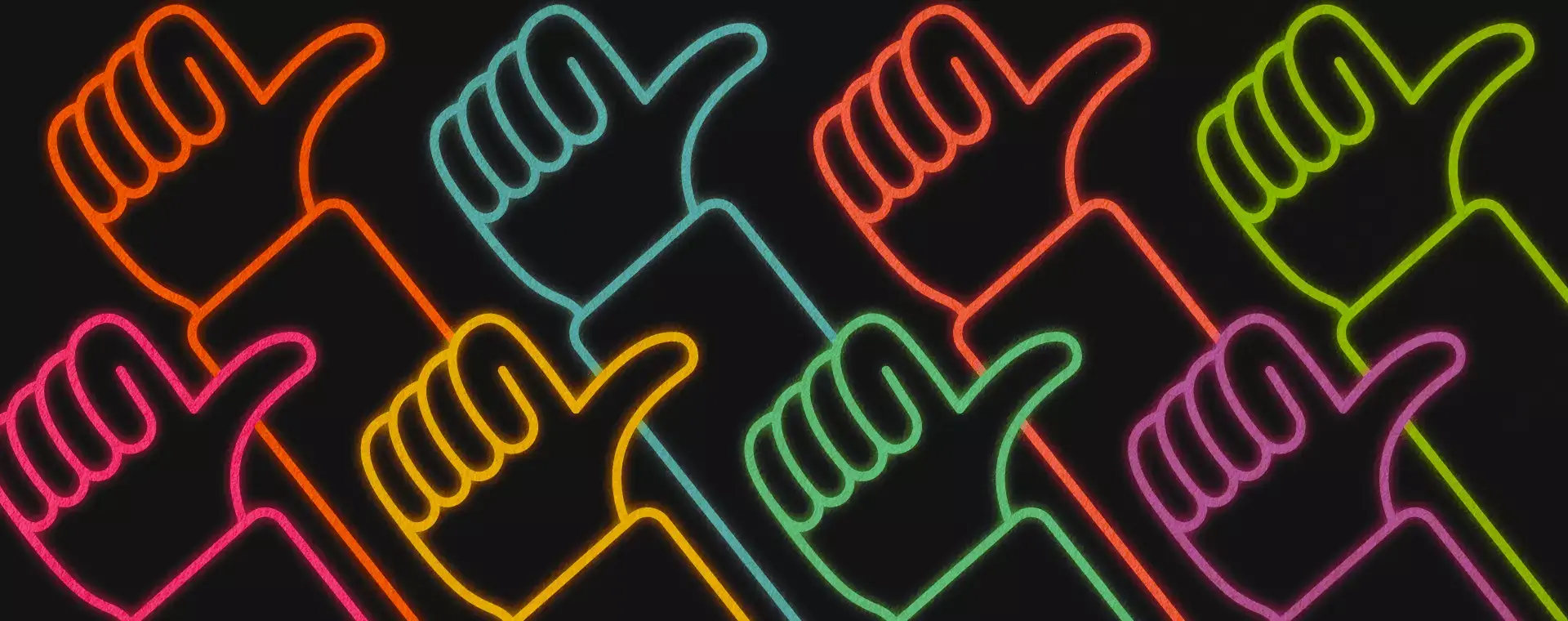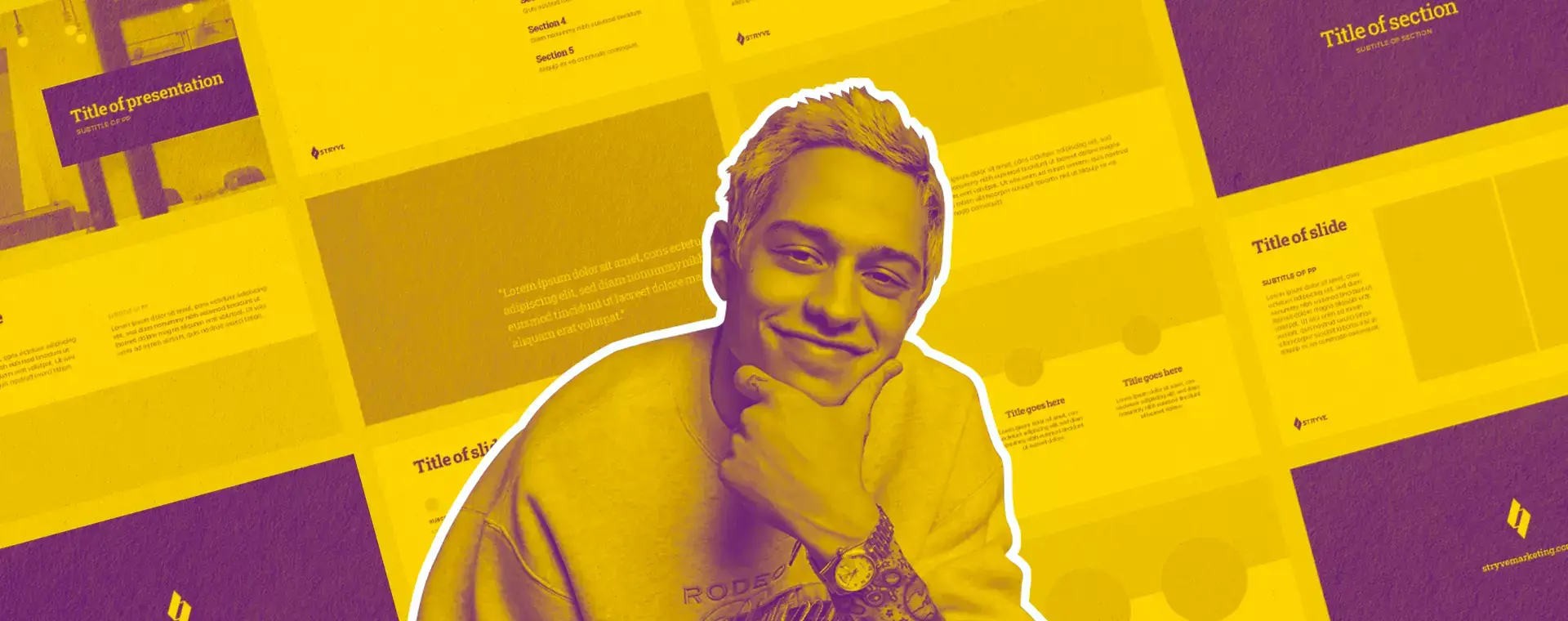8 tips for an impressive design portfolio
By: Grace Cole
April 14, 2016 | Reading Time: 2 mins
There are a lot of varying opinions on what exactly makes up a successful design portfolio. There is no right or wrong way of doing it, but there will always be subjective opinions from employers. This can make creating your portfolio a daunting task. So, in the spirit of the graduation season, we have organized some tips and tricks for young designers in the process of making an impressive portfolio!
1. Brand Yourself
Create a visual identity for yourself, such as a logo, typeface, and/or colour scheme. Pick a style that represents you and your personality. This will speak more to a potential employer than just your name and contact information. It will demonstrate your work as a whole and your ability to maintain a brand’s identity—meaning you could do the same for them.
2. Have a Game Plan
We all know that an online portfolio is an absolute must and can easily be achieved using free resources such as Adobe portfolio. However, depending on the job posting, application requirements can vary. Be prepared with a few variations of your portfolio such as a PDF version and/or a URL link, as well as a printed portfolio ready for interviews.
3. Include Only Your Best Work
Avoid bulking up your portfolio with mediocre pieces. Instead include 10 – 15 pieces of your very best work in a variety of different design mediums. Yet, still consider the relevance of the project in relation to the job you are applying to. For instance, if you are applying to a graphic design role at a digital marketing agency, focus more on web work that will showcase the talent you can bring to the table.
4. Make it Engaging
The design of your portfolio should be just as engaging as the work you have put into it. Approach it the same way you would a design and consider not just the work but how it will be presented, in terms of typography, page layout and how it will be photographed.
5. Order Strategically
The first and last projects in your portfolio will leave a stronger impression, so it is important to showcase your best work in those spots. Use the middle projects to show a variety of skills and styles. If one of your projects has a sample to pass around such as a brochure, think about the flow of your presentation and consider following it with a project that doesn’t, like a web design project.
6. Talk About It
Include brief descriptions of your work to help your potential employer understand the context and goal of the project they are looking at and your initial thought process. During your portfolio interview, you can expand on these descriptions and go into more depth.
7. Leave Something Behind
After you’ve wowed them with your portfolio, leave something behind that gives a lasting impression of you and your design skills. It could be as simple as handing out a well-designed business card that echoes your personal brand.
8. Learn and Grow
If your portfolio interview doesn’t lead to a job offer, don’t feel discouraged. Not every job opportunity will be the right fit for both parties. Take it as a learning experience and opportunity to grow.








